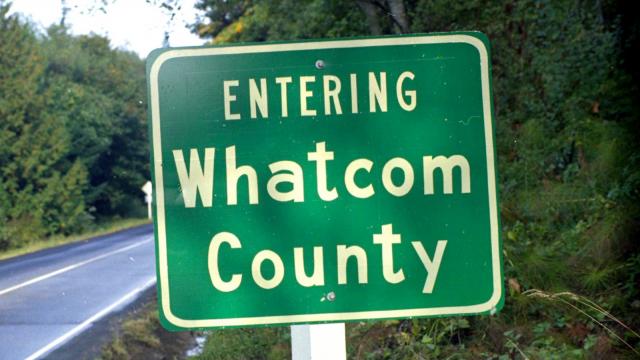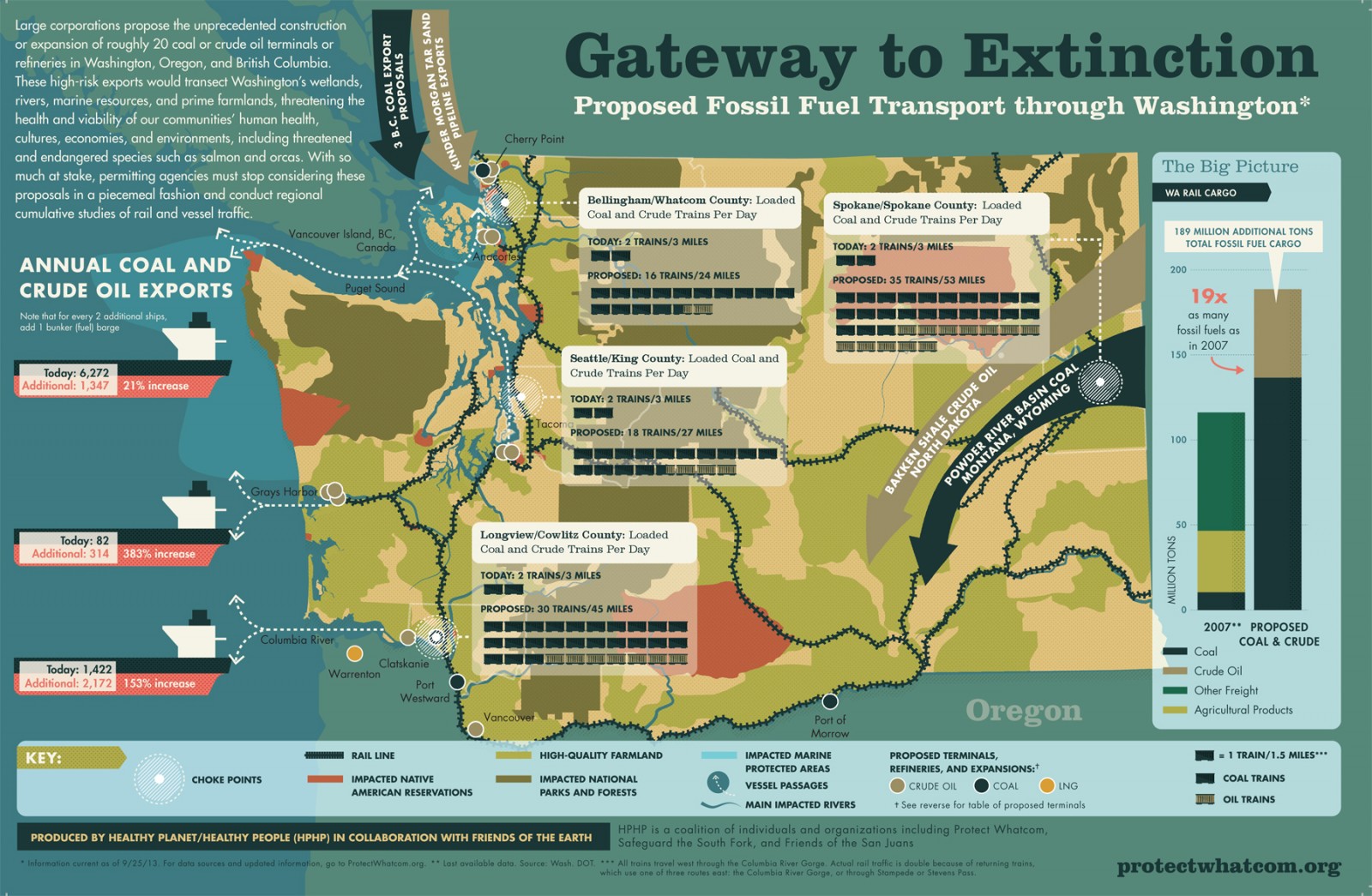
This year on the environmental front, something feels different.
The Sierra Club, which has been hard at work on conservation issues for over 120 years, changed policy to endorse its members getting arrested in acts of civil disobedience over the Keystone XL pipeline. 350.org, the organization founded six years ago by Bill McKibben, is shaking up global oil investments with its divest campaign. And the legacy of Occupy and the street protests it inspired continue to shape our cultural consciousness.
Year after year we’ve been putting our shoulders to the heaviest of grindstones: institutional resistance to climate change solutions. But in 2013, perhaps the stone has begun to roll under its own power. How do we know? Because the fossil fuel industry is scrambling to increase its presence in social and conventional media, insisting that its services are indispensable as it bargains for its own uncertain slice of the future. Though Big Oil and its advocates spent hundreds of millions of dollars on the 2012 elections, they failed to win big.
Now, the fossil fuel industry's behavior is starting to resemble that of a cornered animal. And the place where one of this year's biggest environmental wins occurred was in Washington's State's Whatcom County, whose strategic location as a fossil fuel trade route may say a lot about the direction of similar upcoming battles.
Environmentalists in Washington have been busy all year beating back an endless series of coal and oil export terminal proposals about as fast as the industry could spawn them. Whatcom, in the far northwest, is the site of the largest export terminal proposed in the state so far: the Cherry Point coal port, located just up the coast from Bellingham and just south of the Canadian border.
In the November election, to protect the region’s health and its environmental legacy, residents of Whatcom faced an array of Tea Party candidates backed by coal industry money running for County Council seats. If elected, the candidates would have granted the Cherry Point terminal permit with no questions asked, marking an important advance for Big Coal which is pressing to flood the Chinese market with cheap product harvested from the vast Powder River Basin.
Suddenly, all eyes focused on Whatcom County, the proverbial canary for the nation’s coal mines. And the result was stunning: all four candidates who were not backed by coal won elections by solid margins, sending a message that grassroots environmental concerns constitute a robust political firewall against fossil fuel expansion in Washington State – and giving a substantial, if little reported, boost to the movement nationally.
Andrew Taylor was able to offer insight into how the movement happened. After completing an unpaid internship with Organizing for America and the Washington State Democratic Party, Taylor led a brisk campaign in support of Ken Mann, one of the elected County Council members in Whatcom.
From the outset, Taylor and his campaign organizers believed the best way to reach county voters was to engage them personally – a strategy that has worked well for the Democratic Party since 2008. The team concentrated on running a volunteer-based and organized “old-school” ground game: knocking on doors and setting up a phone bank.
Databases of supportive registered voters in Whatcom were made available to the campaign by the state Democratic Party, which endorsed Mann, while Taylor’s team employed more current, Internet-based technology to acquire up-to-date information about their constituents.

Because all Whatcom County voters were eligible to vote on all four available County Council seats, campaign funds could be pooled efficiently with mailers presenting Democratically-endorsed candidates together as one group. This factor, however, was also responsible for the campaign’s biggest snag: in an election for relatively obscure positions, voters were often unaware that they were supposed to vote on all four council members, not just one. Taylor’s team soon realized it had to proactively correct the misconception as they contacted voters.
Taylor said he never worried about what the opposition was doing and therefore did not campaign reactively. The bulk of the opposition’s funding from GOP and coal company contributors arrived relatively late for election season, and by then Taylor’s game plan was underway. In fact, he said, he was glad when the coal money finally arrived, noting that an identifiable adversary tended to focus constituents and increase support.
But what really stood out about the election, said Taylor, was the amount of enthusiasm about Whatcom both locally and nationally. He said he was shocked when national coverage of the race appeared on MSNBC’s website. And while he knew his candidates were likely to do well, Taylor was surprised when the margin of victory for each one landed between five and nine percent.
Even more surprising for many onlookers was the breakdown of both sides’ campaign spending. For a county election, it was remarkable to see a combined $1 million spent. A handful of coal corporations contributed as much as $50,000 apiece to the Tea Party candidates. And though initially no one expected industry money to be outmatched by grassroots donations, ordinary citizens ultimately contributed far more money than corporations. Not only did university students and the under-25 crowd turn out, but the progressive support was broad-based and in all age groups, with many local small businesses kicking into the effort.
A confluence of factors, and intelligent planning, may have led to Whatcom's striking electoral wins. And while money played a factor, the takeaway is this: no campaign truly has momentum without the involvement of passionate supporters, even in limited numbers. Due to the November outcome in Whatcom, it's unlikely that any new fossil fuel terminals will be built in the state in the foreseeable future. And that is something that many of us, fighting on many fronts, can learn from.
3 WAYS TO SHOW YOUR SUPPORT
- Log in to post comments












